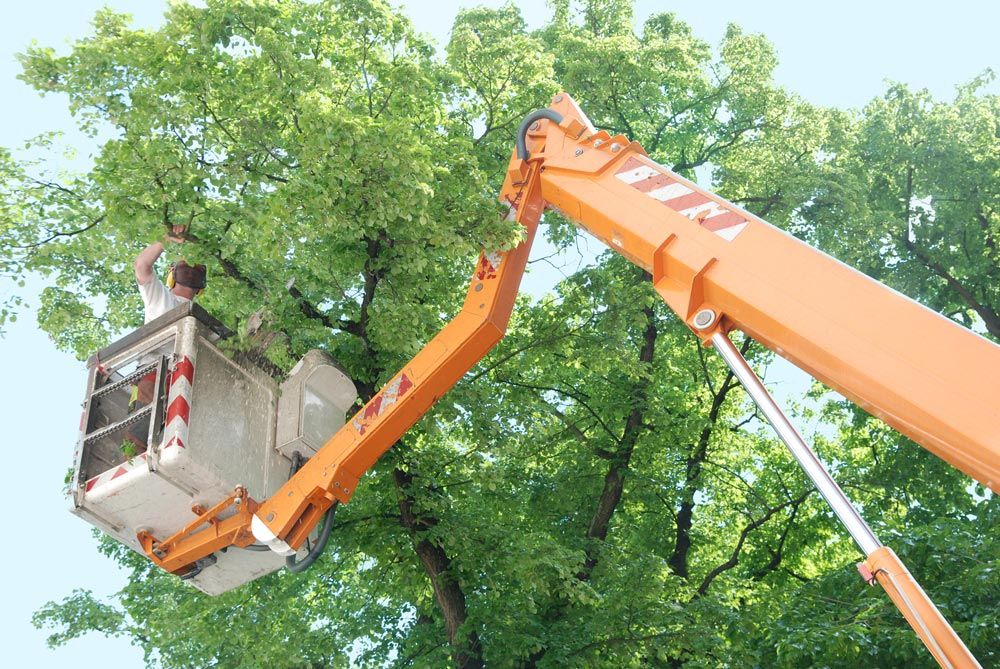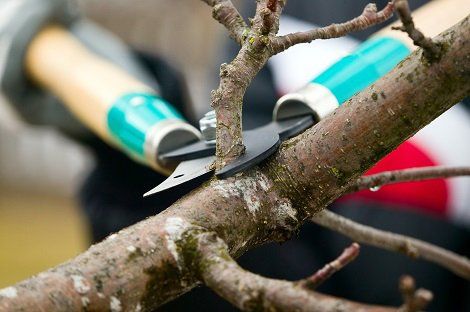6 Reasons a Tree May Be Susceptible to Drought
Extreme drought can be stressful for any tree, but you may find yourself wondering why a recent drought damaged some trees more than others. If you know what factors can exacerbate drought effects or make a tree more susceptible to drought, you can plan your tree care and maintenance to help better support your trees during dry seasons and dry years.
Here are six reasons why a specific tree could be especially susceptible to drought.
1. Your Tree Is Still a Baby
Small trees that are still young shouldn't be expected to survive drought conditions on their own. That's because these trees simply haven't had time to establish themselves well yet. For these trees, you'll need to provide supplemental water on a regular basis. Consult with your tree services expert about the right amount of water for the type of tree and time of year.
2. Your Tree Has Disease Damage
Damage inside a tree can disrupt its fluid transport tissues, making them less efficient. For example, Verticillium wilt is a fungus-related disease. The fungus can get inside the xylem (in the tree's vascular system) and clog it up. This can cause initial symptoms such as wilting in dry weather, as the tree can't pull in enough water to support its leaves.
Some tree and plant types are more susceptible to Verticillium wilt than others, which could be why some of your trees react more strongly to drought.
3. Your Tree Isn't Adapted to the Climate
Some varieties of trees are much better able to weather drought than other varieties. For example, a tree with waxy leaves doesn't lose as much water through the leaf surface, meaning it doesn't need to take in as much water to sustain itself.
Some types of trees that are well-adapted to drought situations include:
- Pinon pine
- Catalpa
- Bigtooth maple
- Swamp white oak
Choosing drought-tolerant trees can help you avoid losing trees to drought conditions.
4. Your Tree's Root Flare Is Buried
If your tree doesn't show a nice root flare at the bottom where it meets the ground, it was probably planted too deep when it arrived at your house from the nursery. Planting a tree too deep can affect the tree's ability to weather drought conditions.
Once the tree's first set of roots is planted too far below the surface, they aren't able to sustain themselves with oxygen (because lower levels of soil are less oxygenated). The tree may cope by growing a secondary set of roots at a shallower level, but these roots aren't as effective as a fully functioning root system, so they can't make use of available water as effectively.
If your tree is small still, your tree service experts may be able to mitigate the damage of a buried root flare by replanting the tree at the correct level.
5. Your Tree Has to Compete for Water
In a spot with limited water, additional competition can make a tree less likely to get the water it needs. If your tree is in the middle of a lawn or has landscaping shrubs planted thickly around it, the tree may have a harder time getting the water it needs before the other plants absorb all the available water.
In drought conditions, this increased competition could make your tree more likely to display drought stress quickly. Your tree expert can help you determine if grass or other plants are planted too closely around your tree.
6. Your Tree's Trunk Is in Full Sun
A tree whose trunk is in full sun may be susceptible to sunburn. Sunburn in trees, like in humans, is the result of damage from exposure to the sun's rays. These rays penetrate the outer layer of bark and damage the sub-layer. Trees are more susceptible to sunburn when they get dried out, so sunburn can be considered a type of drought-related damage.
These six factors can all make a tree more susceptible to water stress from droughts. Keep your eyes open for any of these factors and talk to your tree services expert about how to counteract them so your trees can stay healthy and strong during drought conditions. Contact AAA Tree Service today to learn more.


